In the field of industrial pumps, both the lobe pump and the diaphragm pump are widely used devices, each having unique working principles, structural features, and applicable scenarios. Next, let's delve into the advantages of the lobe pump over the diaphragm pump in multiple aspects to prove its irreplaceability in numerous industrial applications.
In terms of the working principle, the lobe pump operates through a pair of rotors that rotate synchronously in opposite directions. During this process, the fluid is stably sucked in and discharged by utilizing the change in the space between the rotor lobes and the pump casing. The flow rate is relatively continuous and stable. In contrast, the diaphragm pump relies on the reciprocating motion of the diaphragm to achieve the suction and discharge of the fluid. This mode of motion inevitably generates flow pulsation. In industrial production processes with extremely high requirements for flow stability, such as the filling process in the food and beverage industry, the lobe pump can ensure that the filling volume of each bottle of product is precisely the same, avoiding product quality problems caused by flow fluctuations, which is difficult for the diaphragm pump to match.
The structure of the lobe pump is relatively simple, mainly consisting of components such as the pump casing, rotors, and gearbox. There is a certain clearance between the rotors and between the rotors and the pump casing, and it does not require oil lubrication, reducing the complex sealing and lubrication systems and decreasing the probability of failures. In comparison, the diaphragm of the diaphragm pump is a vulnerable part. It is prone to wear and rupture during frequent reciprocating motion and needs to be replaced regularly, increasing the maintenance cost and downtime. Moreover, the valve structure of the diaphragm pump is also relatively complex and is likely to encounter problems such as blockage, further affecting its maintenance convenience. The simple structure of the lobe pump makes daily maintenance and inspection easier. Maintenance personnel can quickly complete the maintenance work, improving the operation efficiency of the equipment.
The lobe pump has strong adaptability to fluids. It can handle high-viscosity fluids, such as honey, syrup, glue, etc., and can also convey fluids containing certain solid particles. As long as the particle size is within a reasonable range, it will not have a significant impact on the normal operation of the pump. When dealing with high-viscosity fluids, the diaphragm pump will experience a significant decrease in efficiency due to the increased resistance of the diaphragm's reciprocating motion, and it may even fail to work properly. When conveying fluids containing solid particles, the diaphragm and valves of the diaphragm pump are more prone to wear and blockage, affecting its service life and conveying effect. In addition, within a certain speed range, the lobe pump can provide a relatively large flow rate, which is suitable for large-scale fluid conveying operations, while the flow rate of the diaphragm pump is usually relatively small.
In industries with extremely high hygiene requirements, such as the food and pharmaceutical industries, the lobe pump has obvious advantages. Its design without direct contact between metals avoids the risk of impurities mixing into the fluid and meets strict hygiene standards. At the same time, the lobe pump is easy to clean and disinfect and can meet the requirements of CIP (Clean In Place) and SIP (Sterilize In Place), ensuring the hygiene and safety of the production process. Although the diaphragm pump also has some hygienic designs, due to its structural characteristics, there may be some hard-to-clean dead corners during the cleaning process, increasing the risk of microbial growth. For example, in the process of conveying liquid medicine in the pharmaceutical industry, the lobe pump can ensure that the quality of the medicine is not contaminated, while the diaphragm pump requires more stringent cleaning and maintenance measures to ensure the safety of the medicine.
In conclusion, the lobe pump demonstrates significant advantages over the diaphragm pump in terms of flow stability, structural maintenance, fluid adaptability, and hygiene performance. Although the diaphragm pump also has its unique application value in certain specific scenarios, in most industrial fields that require stable, efficient, and hygienic fluid conveying, the lobe pump is undoubtedly a better choice.
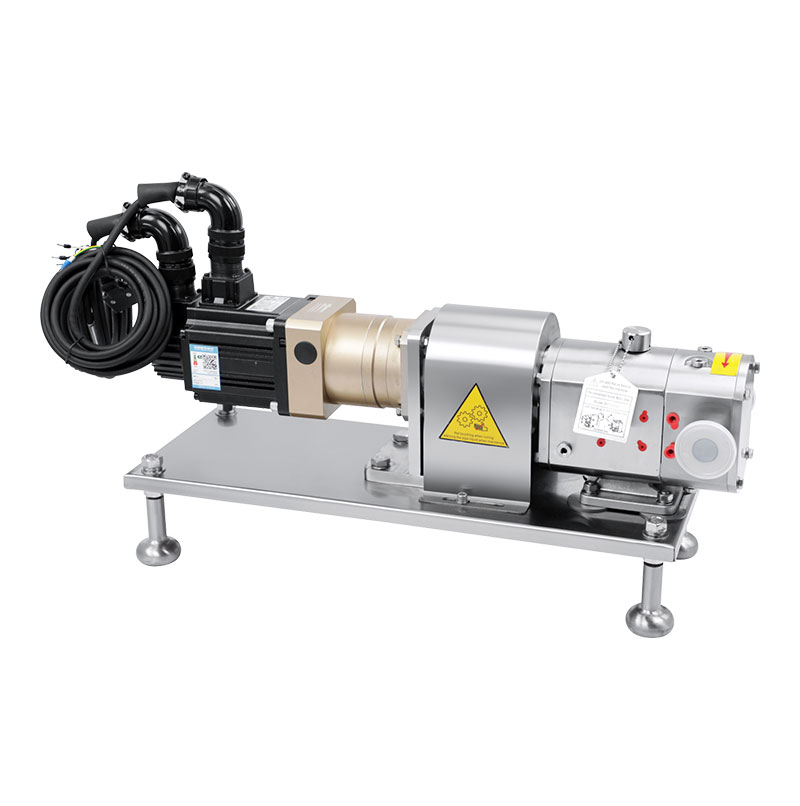
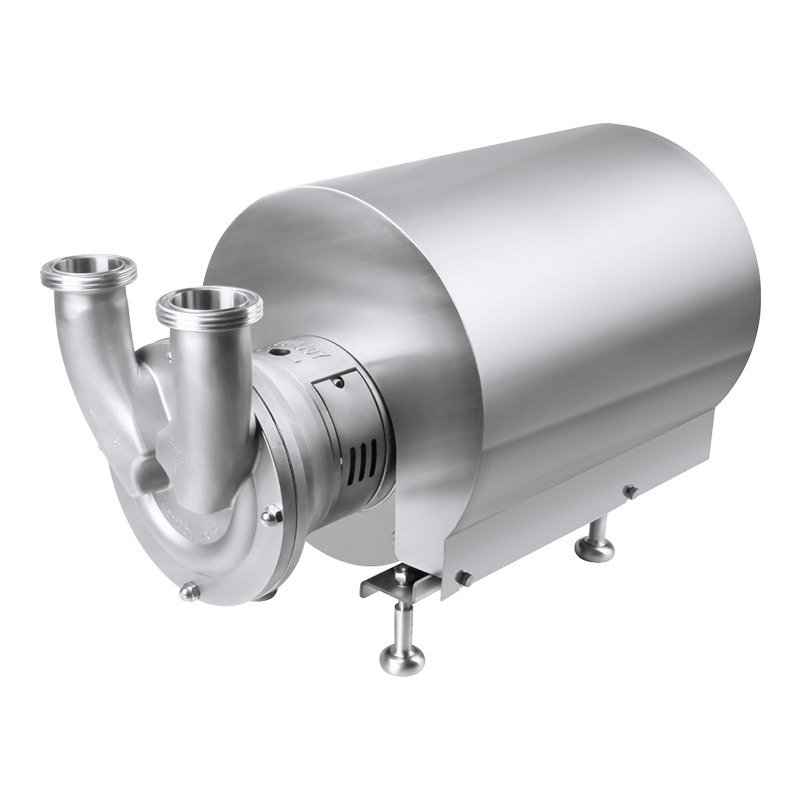
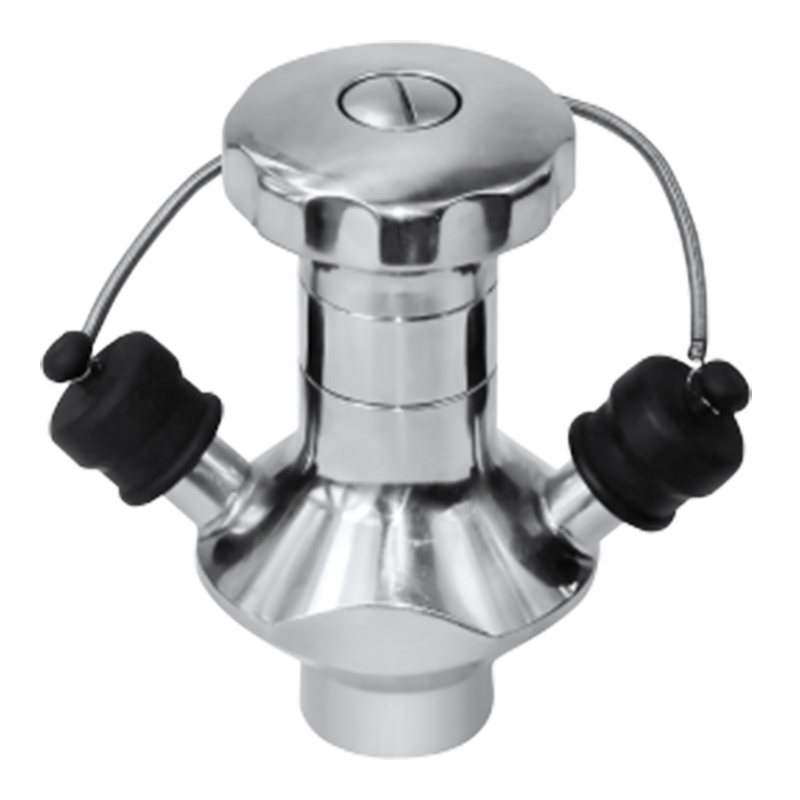
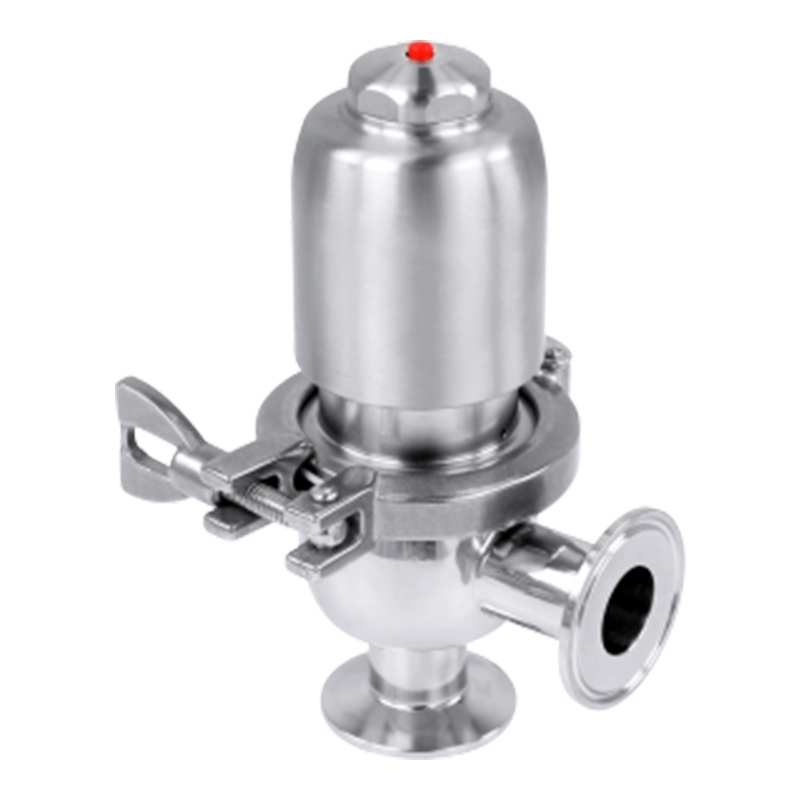
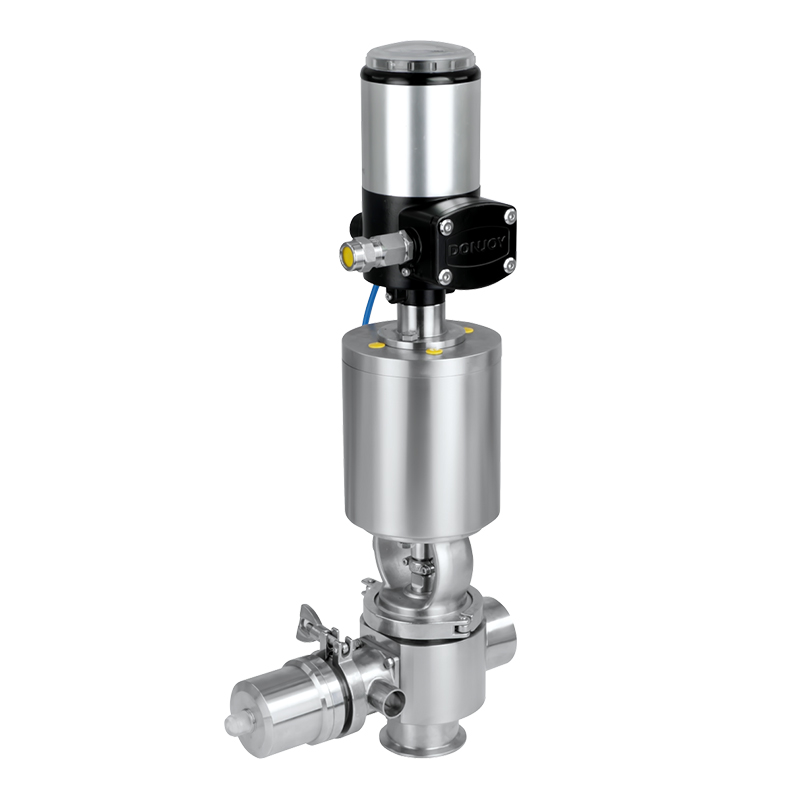

According to ASME BPE, EHEDG, FDA and 3A standard, DONJOY got certificates of PED-97/23/EC and MD-06/42/EC issued by TUV, ……